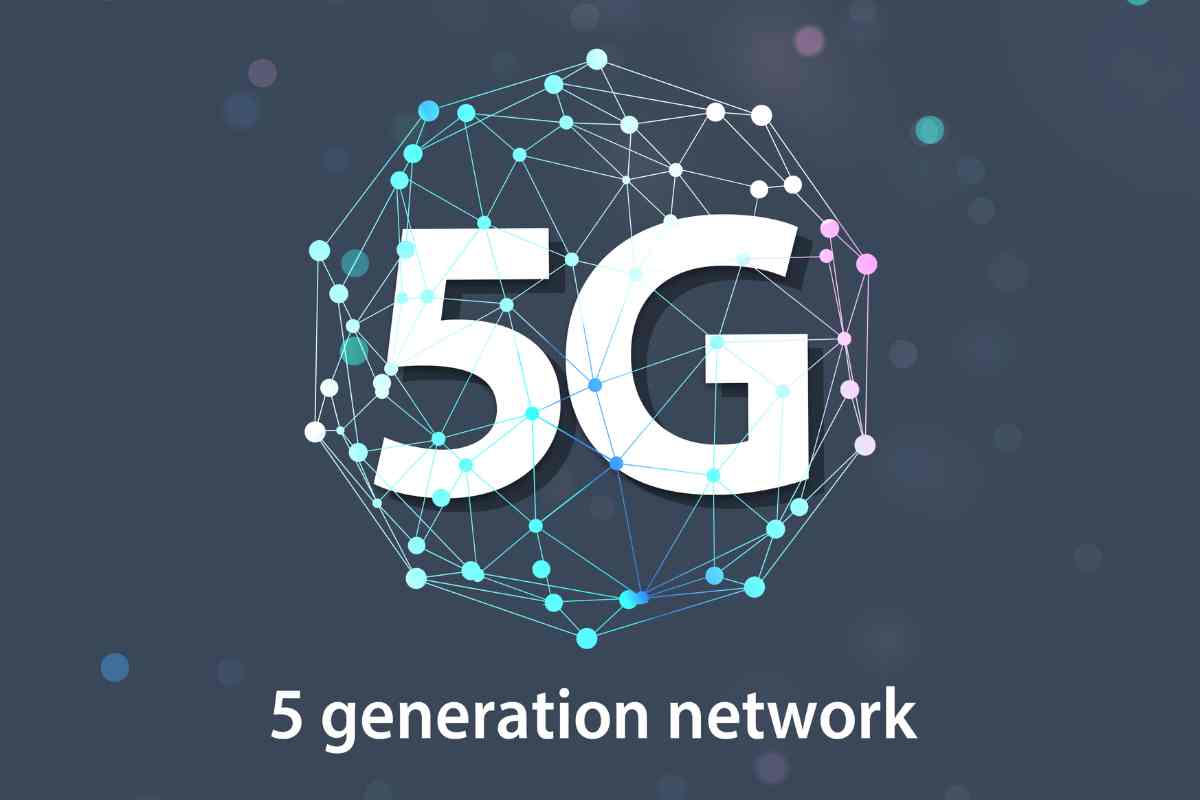
Telecom operators are expected to approach the Department of Telecommunications (DoT) in India, seeking relaxations in rollout obligations for the 26 GHz band, also known as millimetre (mmWave). Industry executives have cited the absence of a device ecosystem to support these airwaves as the primary reason, said an ET Telecom report.
The telecom industry is set to write to the DoT, requesting relaxations in rollout norms as putting up infrastructure won't yield any result due to the lack of a device ecosystem. Spectrum holders are hopeful of a favourable response from the DoT, as it's an industry-wide issue.
Also Read: TRAI to Direct Telecom Operators to Report 5G Users Separately: Report
The 26 GHz band was auctioned in the last year's spectrum sale, and all four bidders - Reliance Jio, Bharti Airtel, Vodafone Idea, and Adani Data Networks - had bought them for their 5G requirements. The adoption of mmWave 5G is primarily going to be accelerated by more enterprises taking up the services to automate processes and business operations. At the moment, consumers aren't likely going to pay additional tariffs over 4G plans to consume mid-band 5G, thus, it won't make sense to deploy mmWave 5G.
The rollout obligations for the 26 GHz band are similar to the mid-band (3300-3600 MHz) for the first year. This implies that by the end of that time period, a company must commercially launch service anywhere in each of the three metros and at least in one city in each of India's 22 telecom circles.
Any non-compliance attracts a financial penalty, and if the delay of service launch is more than 52 weeks, then the assigned spectrum can even be taken back. However, since it's an industry issue, the DoT may provide relief for rollout norms.
The 26 GHz was the most sought-after spectrum after mid-band in the 2022 auctions, with 72% of the airwaves being sold. However, the absence of a device ecosystem has led to telcos not using the spectrum for their 5G needs.















